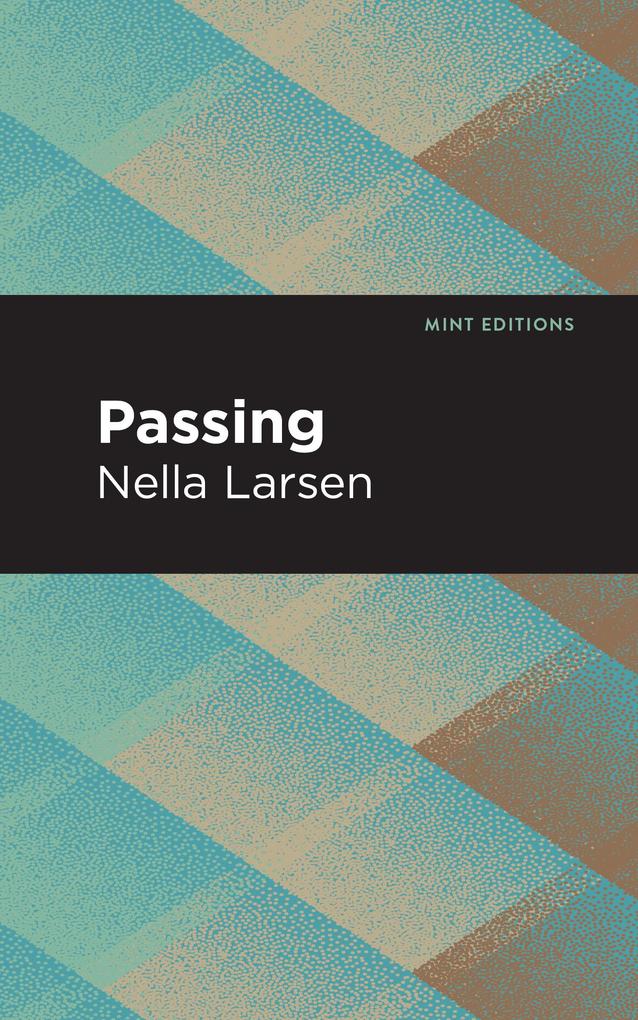Nella Larsen (1891-1964) was an author, nurse, and librarian best known for her contributions to the Harlem Renaissance. Born to a Danish mother and Afro-Caribbean father in South Chicago, Larsen's life would be seemingly marked by her mixed-race heritage. Too Black for white spaces and not quite Black enough for Black spaces, Larsen would find herself constantly at odds in terms of her identity and belonging. First after the death of her biological father, where she would see her mother be remarried to a white man, have a white half-sibling and move to a mostly white neighborhood; next when she would seek a higher education at Fisk University, a historically Black college where she was unable to relate to the experience of her Black peers, and finally in her adult life in New York where she faced difficulties both professionally and socially. In 1914, Larsen would enroll at a nursing school that was heavily segregated and while working as a nurse two years later was employed in mostly white neighborhoods. She would marry Elmer Imes, the second African American to earn a PhD in psychics, in 1919 which-in addition to the couple's move to Harlem-introduced her to the Black professional class; however still, Larsen's near-European ancestry and lack of a formal degree alienated her from Black contemporaries of the times such as Langston Hughes, W. E. B. Du Bois, and James Weldon Johnson. Larsen would begin to pursue a career as a librarian in 1921, becoming the first Black woman to graduate from the New York Public Library's library school and would help with integration efforts within the branches. Her work in libraries would lead her to the literary circles of Harlem and in 1925 she would begin work on Quicksand, her semi-autobiographical debut novel. Published in 1928 to critical and financial success, Larsen would continue to make waves when just one year later, she published her sophomore novel, Passing. The success of her novels as well as her 1930 short story, "Sanctuary," led her to become the first African American woman to receive a Guggenheim Fellowship, which she used to travel through Europe in the wake of her divorce in 1933. Little is known about Larsen's life after she returned to the U. S. in 1937, other than she had returned to nursing, disappeared from the literary world and may have suffered from intense depression. There was some speculation that like the characters in her books, Larsen had elected to pass into the white community given how difficult it was for single women of color to achieve financial independence, but to this day there is no evidence supporting or disproving the claim. While she died alone at the age of seventy-two, Larsen's work cemented her legacy as an important voice in the Harlem Renaissance-one that represented the struggles of identity and culture that befell mixed-raced people of the time.

















